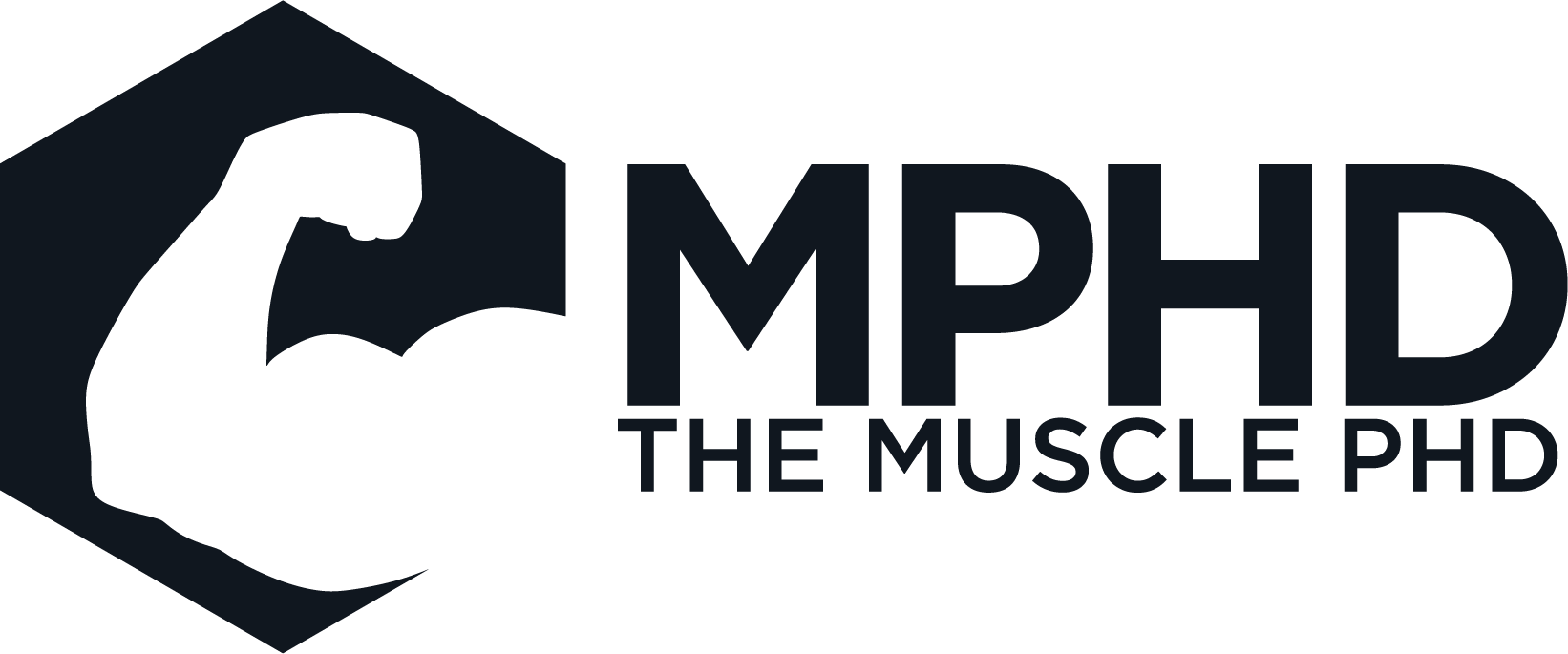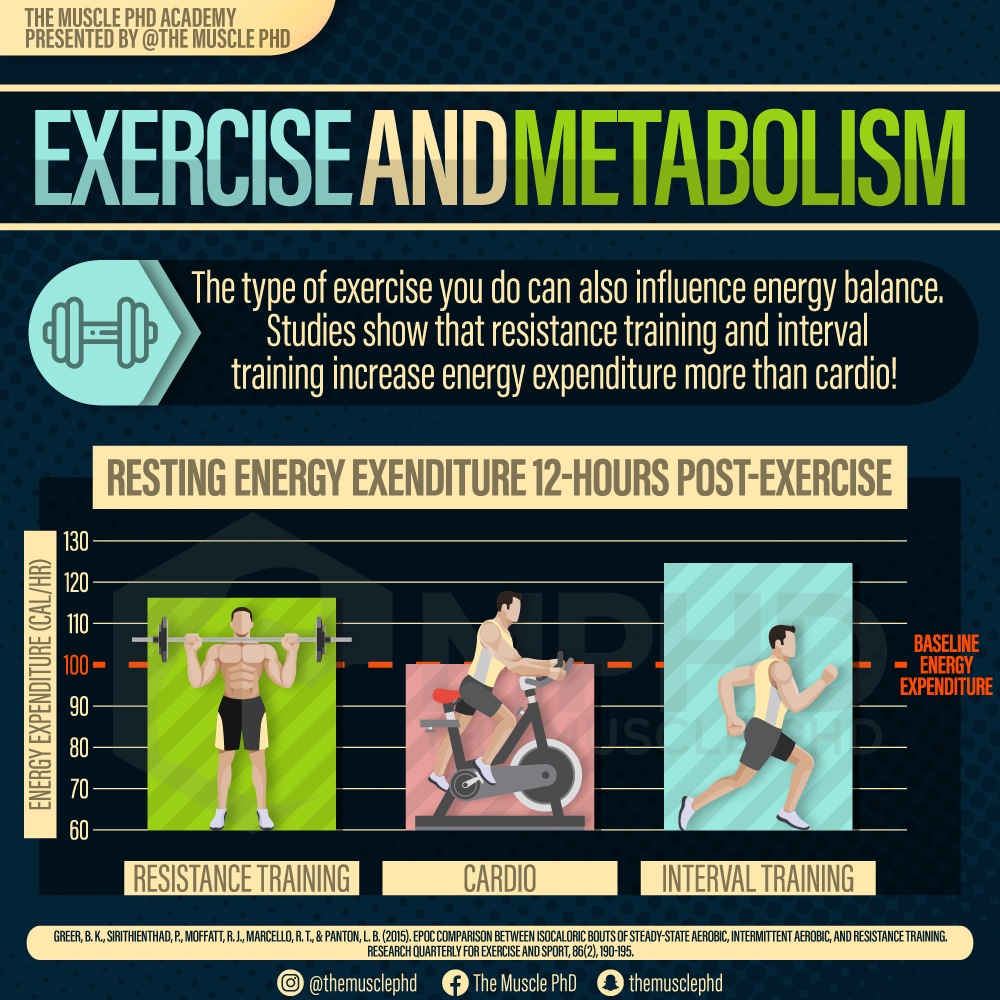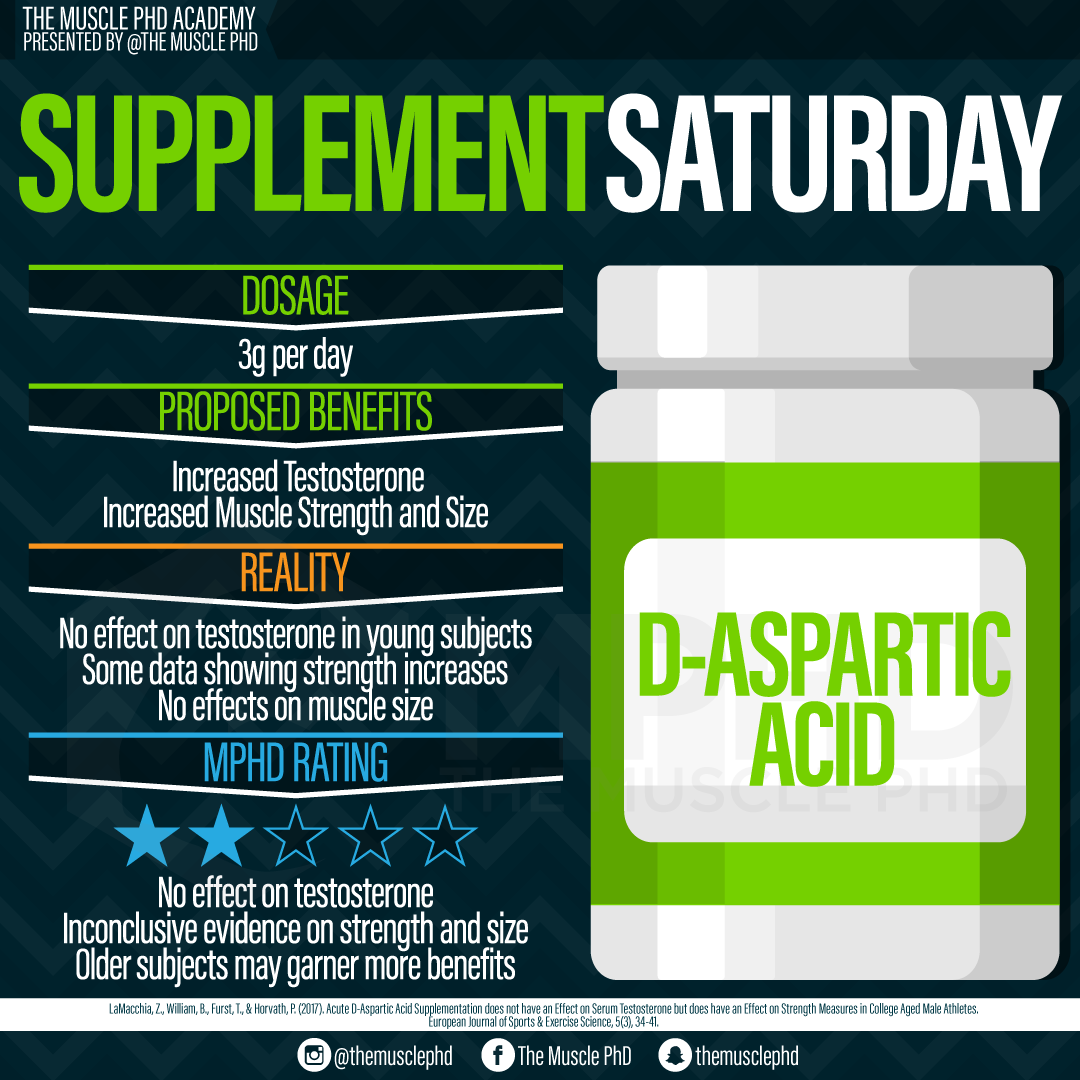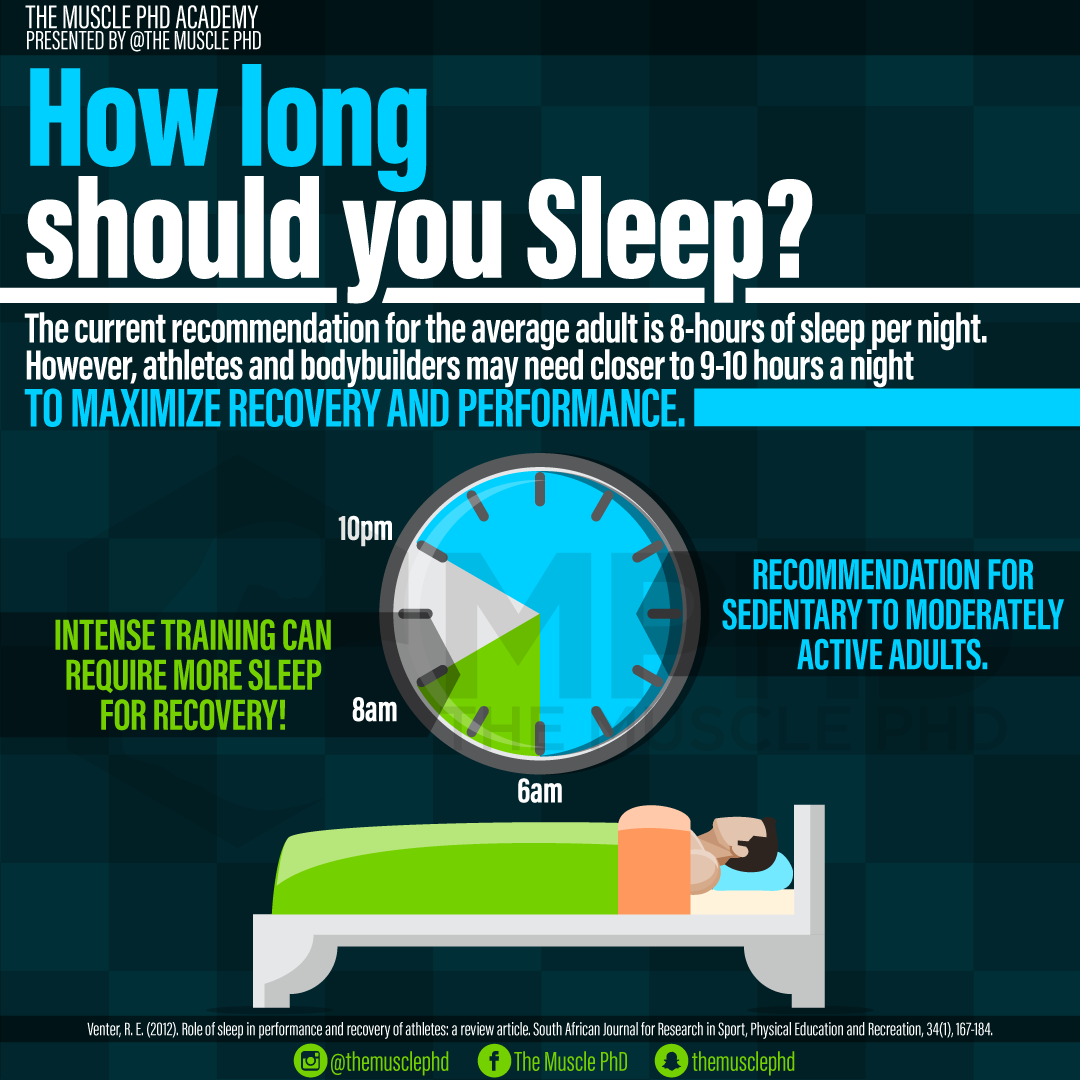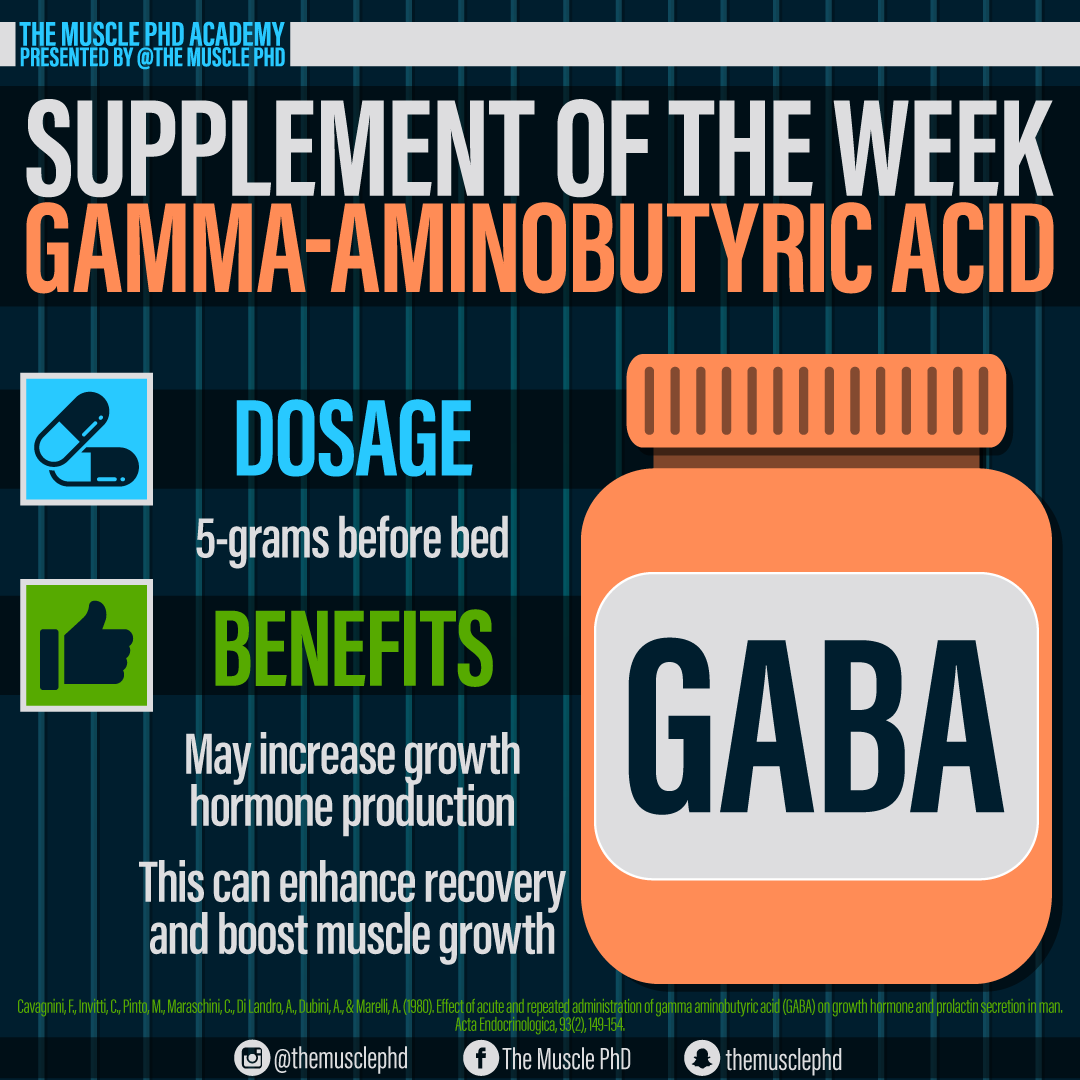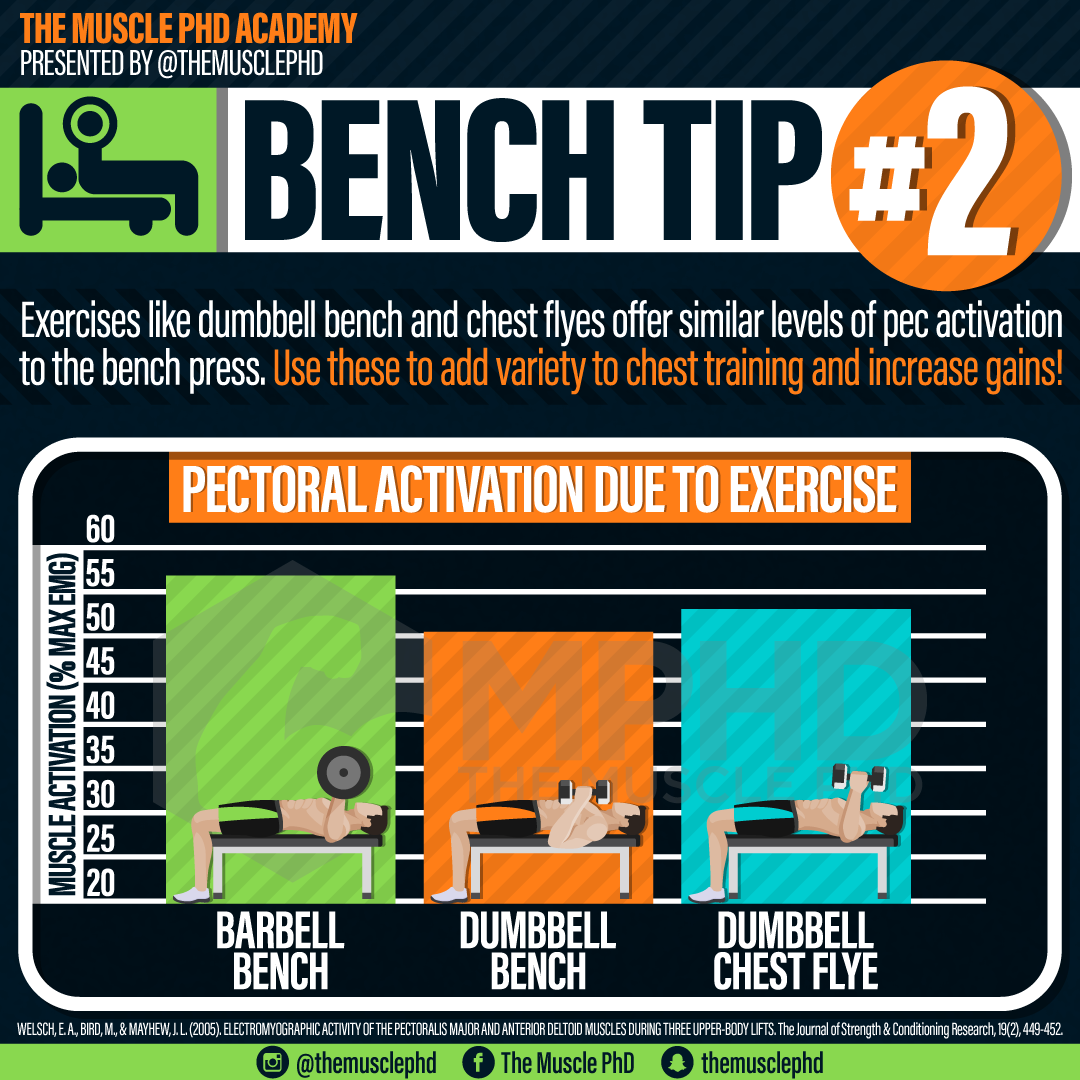Summary
Practitioners often claim that exercise can help boost metabolism. Why is this the case?
Well, there’s a few different phenomena at play here, but the main one we’ll talk about in this piece is the EPOC effect, which stands for, “Excessive Post-Exercise Oxygen Consumption.” In short, this means that you consume more oxygen in the post-workout period; when we consume more oxygen, we burn more calories. Why does this happen?
Exercise imposes a stress on the body. This disrupts our “normal,” or what we scientifically call, “homeostasis.” In the post-workout period, our body is recovering from this stress. Things like tissue repair and nutrient replenishment require additional energy, hence why we see increased calorie burning post-exercise. Some studies even show that this effect can last up to 38-hours (Schuenke et al., 2001). So, this begs the question: do all forms of exercise have the same effect?
That’s exactly what this study investigated. Subjects performed isocaloric (workouts burned the same # of calories) bouts of resistance training, steady state cardio, and interval training. They then tracked their calorie burning throughout the post-workout period to see if any differences arose? What did they find?
Steady state cardio didn’t boost metabolism at all. Remember, the main reasons metabolism increases following exercise is due to things like tissue repair or nutrient replenishment. Steady state cardio typically isn’t that stressful of a stimulus for most people so we don’t have a ton of muscle damage to repair or fuel stores to fill up.
However, both resistance training and interval training did boost metabolism, with interval training showing a trend for a slightly larger boost. Why? Well, both forms of exercise are likely to cause some sort of muscle damage and interval training will also likely deplete energy stores a little more than resistance training. Combine both and you’ll get a solid EPOC effect.
Now, it’s worth examining the graph a little closer. Realistically, the metabolic differences between workouts are statistically significant, but are they clinically significant? Is burning 10-15 more calories/hour for, say, 10-12 hours going to make a massive difference? Let’s assume the total difference is around 200-calories – that doesn’t even account for a candy bar. While this difference could add up over time, it would still take 15-20 workouts to impact the weight scale (assuming you didn’t adapt to training, which you would have). This makes EPOC an interesting subject – yes, it’s real and does significantly contribute to calorie burning. However, does it really make that big of a difference at the end of the day? Probably not. Pick whatever form of exercise you enjoy the most because that’s what’s going to keep you coming back to the gym every day. Now, that is what really matters.
Based on
Additional Reading
*Note – the original master’s thesis is linked to the above citation as the research paper is currently unavailable.
